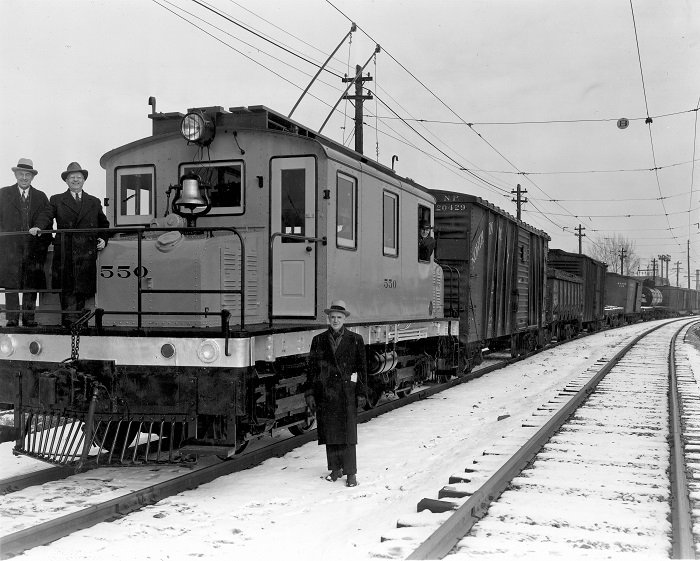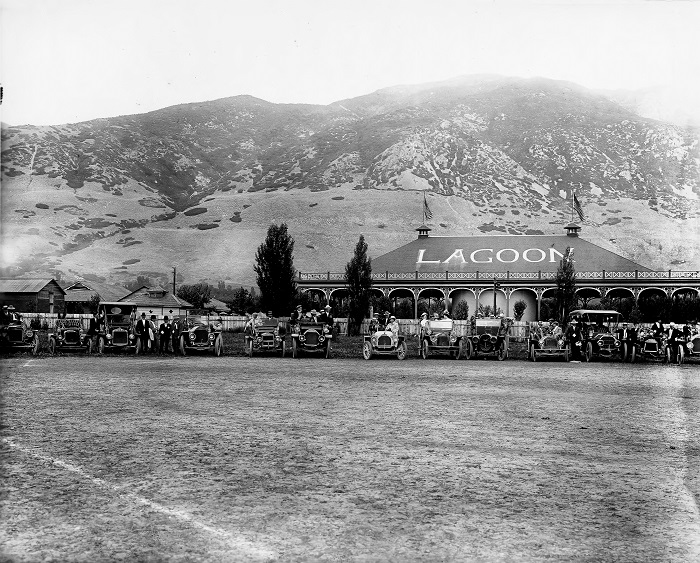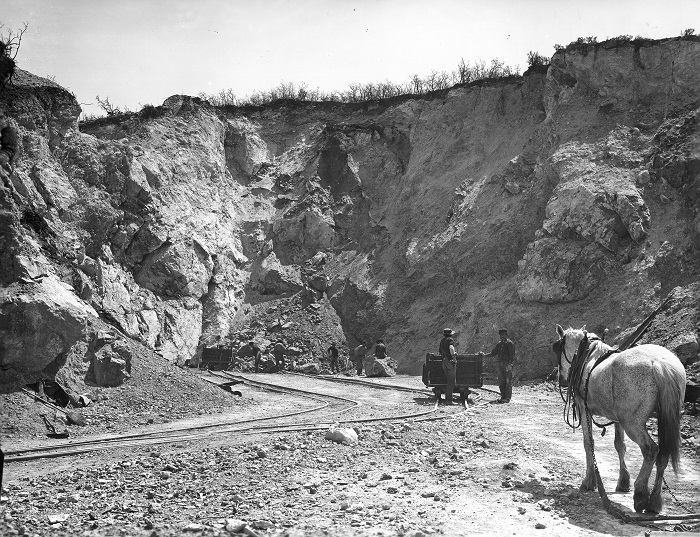
Boyd and Gail Thomas eloped in 1944. They took the train from Salt Lake to Ogden, and kept their marriage a secret for as long as they were able. Their means of transportation? The Bamberger Railroad.
Bamberger Railroad started in 1891 with money from Simon Bamberger’s coal and mining operations in Utah. Originally called the Great Salt Lake and Hot Springs Railway, the route ran from Salt Lake City to several hot springs, including Wasatch Warm Springs and Beck’s Hot Springs, and eventually to Farmington and Ogden.

By 1895, lines pushed north to Bountiful, Centerville and Farmington. Bamberger bought a piece of swampy land north of Farmington, drained it and opened Lagoon Resort so that people would have a reason to ride his trains to Farmington. Then he saw the future in Ogden.
The company was renamed in 1896 as Salt Lake and Ogden Railway, although the track to Ogden wasn’t completed until July 1908.
The Salt Lake and Ogden Railway was initially powered by steam locomotives, but the electrical age was dawning, and by 1910, Bamberger electrified the line using overhead trolley wires. It was a win-win for Bamberger whose coal mines fired a power plant that furnished electricity for the railroad.

Most people referred to the line as “The Bamberger.” So in August 1917, the name became official when the company was changed to the Bamberger Electric Railroad. That same year, Bamberger was elected Governor of Utah as the Progressive Party candidate.
During the 1920’s, Bamberger was faced with competition from publicly-funded highways. As highways expanded, trucking companies siphoned off business from the railways.
After a bankruptcy in 1933, the railway was reorganized as Bamberger Railroad and dropped “Electric” from the name. Bamberger competed for local passengers by purchasing five high-speed, streamlined cars capable of reaching 75 miles per hour. Business was good during World War II but declined again after the war. Finally, competition grew too steep and the passenger end of the business folded in 1952. The freight-only division finally shut down completely on December 31, 1958.
The Thomases always spoke of the train ride to Ogden as a thrilling sprint into an unknown future. Simon Bamberger made it possible by using local ingenuity, brilliant marketing and determination.
This article was written with information from Don Strack’s excellent article “Bamberger Railroad on utahrails.net. To learn more about Bamberger and other railroad history, visit utahrails.net.





